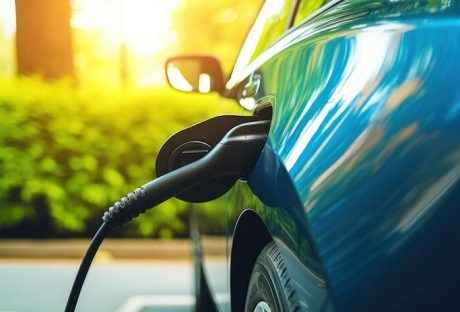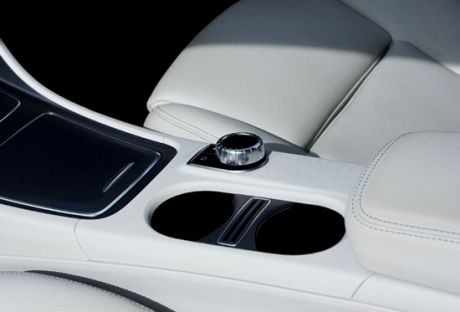Any boat expert will tell you repowering your boat is a smart investment, whether you won a sailboat, an outboard or any other type of boat. Replacing a boat engine makes a lot of financial sense in most cases. Of course, it depends on who you entrust with the job.
Whether you own an old boat with a damaged engine you want to breathe some new life into with a new fixer or sell for a better price because selling it with your current engine is next to impossible, here are a couple of tips you should have in mind if you’re looking to repower your engine with the help of a company such as Propulsion Controls Engineering.
Repowered Boat is Easier to Sell :
Currently, the used boat market is so flooded that there are more boats for sale than there are interested buyers. If you’re trying to sell your old boat with debilitating mechanical issues, you might as well give it away since selling it in that condition will be impossible. There will always be better boats for the same price or even cheaper.
However, since engines make up for more than half of the boat’s worth, replacing the engine with a new one will increase your chances (and your price) greatly. Ask around for the prices of both broken and repowered boats and you’ll see the difference.
Calculate the Costs :
When planning the repowering project, make sure to include the cost of the engine, the installation and add some more funds for additional expenses. With old, outboard boats there will be more elements you might need to replace like fuel tanks, transmissions, wiring, controls, engine mounts, the exhaust system, cutlass bearings, shafts, props, stuffing boxes and more when you take the engine out for the new engine to be as effective as possible.
If your engine is old and worn out, there’s a big chance some of these elements are as well. For example, you’ll definitely need to replace old props and shafts to match the power of the new engine. You might also need to repaint the engine space, add sound isolation or lights to make the most out of the replacement.
For outboard engines, think about transom repairs or adjustments, outboard brackets and controls. These elements might not need replacement, but only slight maintenance. In either case, it helps to be financially prepared.
Engine Access Can Also Increase the Cost :
In a lot of boats, the engine is installed before the decks. There is usually a hatch that enables you to reach the engine for cleaning and maintenance. However, in most cases, this hatch is not big enough to remove the engine for replacement. You might have to cut a piece of the deck or the bulkhead.
On boats with wooden decks, this translates to a big carpentry expense. It’s even worse for boats with fiberglass. The cost of repairing the deck so that the repair isn’t obvious can be very high.
Finally, if the crane cannot reach the engine due to the boat’s structure, mechanics may have to install a rail system to get the engine out. Naturally, this will cost you as well.
Don’t Save on the Engine :
Hearing about all these additional costs may make you reconsider whether you really want to get a new engine. Perhaps you are thinking about getting a used or rebuilt engine instead?
You have to know that buying new or factory-refurbished engines come with a warranty that will guarantee your peace of mind and will appeal to potential buyers.
You Can Attempt to Install Yourself :
If you have some experience in maritime engines and feel confident that you can install the engine on your own, make sure you still have the engine checked by a reputable dealer who can approve the warranty.






















